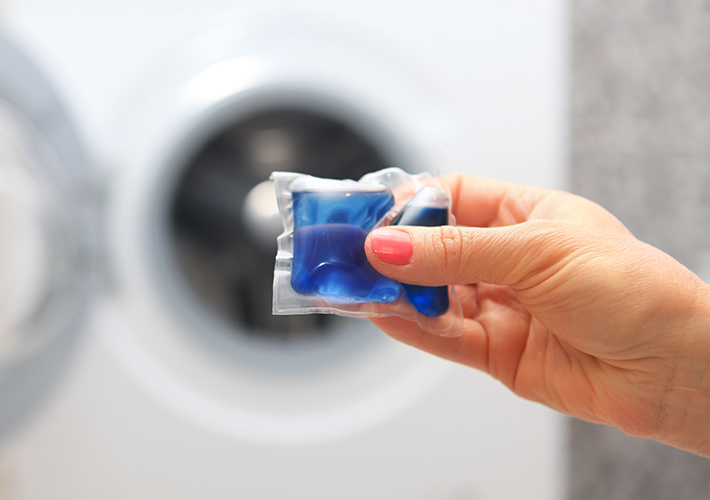
Laundry Packet Safety Standard Group Reviews New Data, Researchers Note Progress
At a meeting last month of stakeholders involved in ASTM International, a global standards organization, researchers shared data and expressed progress related to a 2015 safety standard for labeling and packaging laundry packets, an increasingly popular consumer product.
On June 12, the group (known as the subcommittee on liquid laundry packets) reviewed two analyses that tracked: total number of exposures, rate of exposures adjusted for the population of children under six, and the rate of exposures adjusted for sales volume. The analyses covered a five-and-a-half-year timeline: baseline (July 2012 to June 2013), transition during which the standard was approved and implemented (July 2013 to December 2016), and post-implementation when the standard was fully in effect (January 2017 to December 2017).
One analysis, based on National Poison Data System data, showed that exposures increased through the transition period but began decreasing in 2017. The Rocky Mountain Poison and Drug Center, which analyzed the NPDS data, also found a significant drop in clinically significant outcomes – including severe medical outcomes – in the population- and sales-adjusted rates of exposures over the study period. The center also noted a drop in observed exposures for children under two.
The second analysis was conducted by the U.S. Consumer Product Safety Commission using National Electronic Injury Surveillance System data. The agency did not find improvements in absolute number of estimated emergency department visits between the baseline and post-implementation period but found significant declines in hospitalization and sales-adjusted emergency department visits.
Kate M. Reynolds of Rocky Mountain Poison and Drug Center and Stephen Hanway of the CPSC presented.
The subcommittee, which includes regulators, industry, consumer groups, and others, has met regularly since the 2015 approval of the standard (designated F3159). Reducing the risk of accidental ingestion by children has been the group’s primary focus in these meetings.
As a result of the June 12 discussions, the subcommittee formed a task force to examine additional measures to reduce accidental exposures.
 SN Home
SN Home Archive
Archive Advertisers
Advertisers Masthead
Masthead RateCard
RateCard Subscribe
Subscribe Email Editor
Email Editor